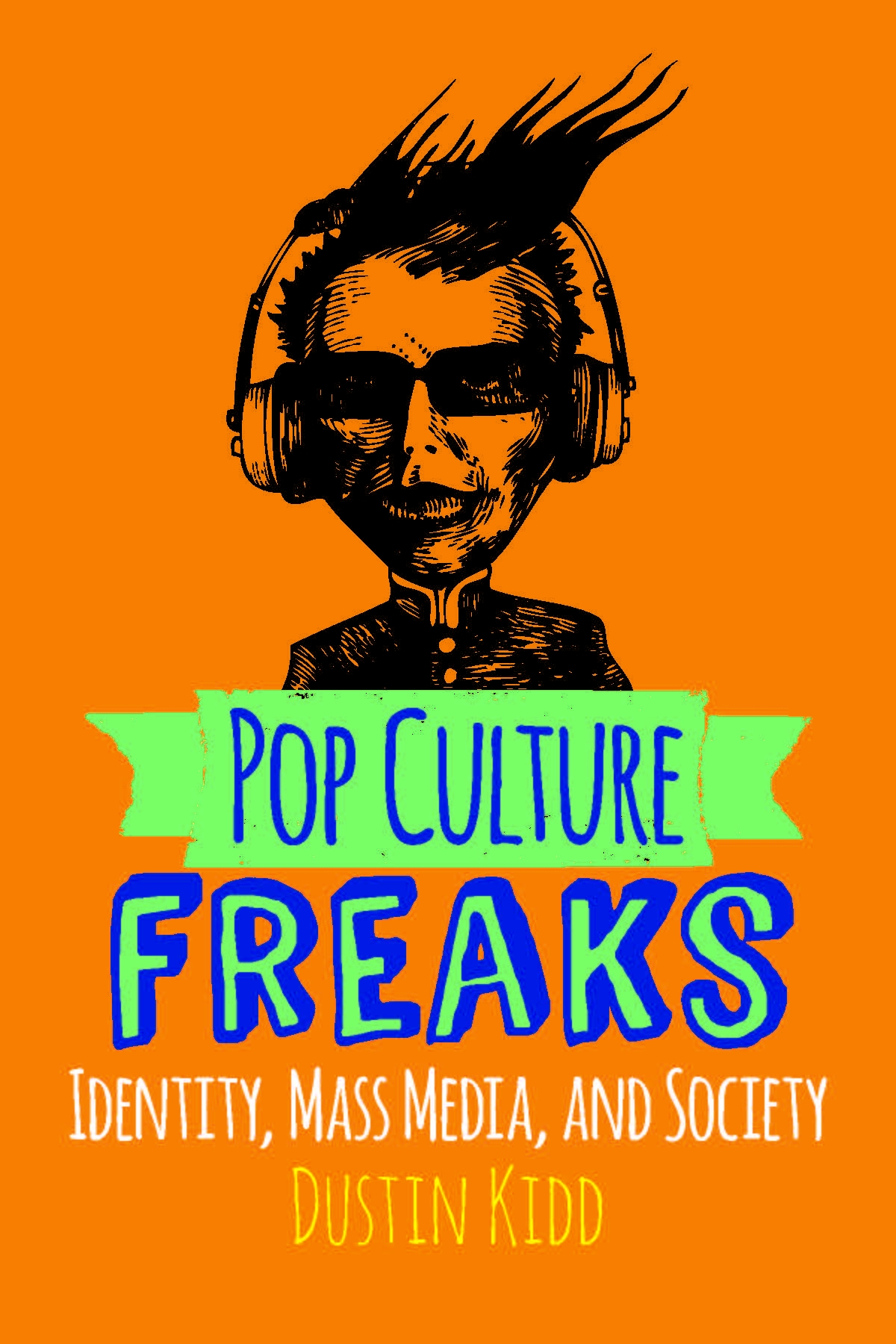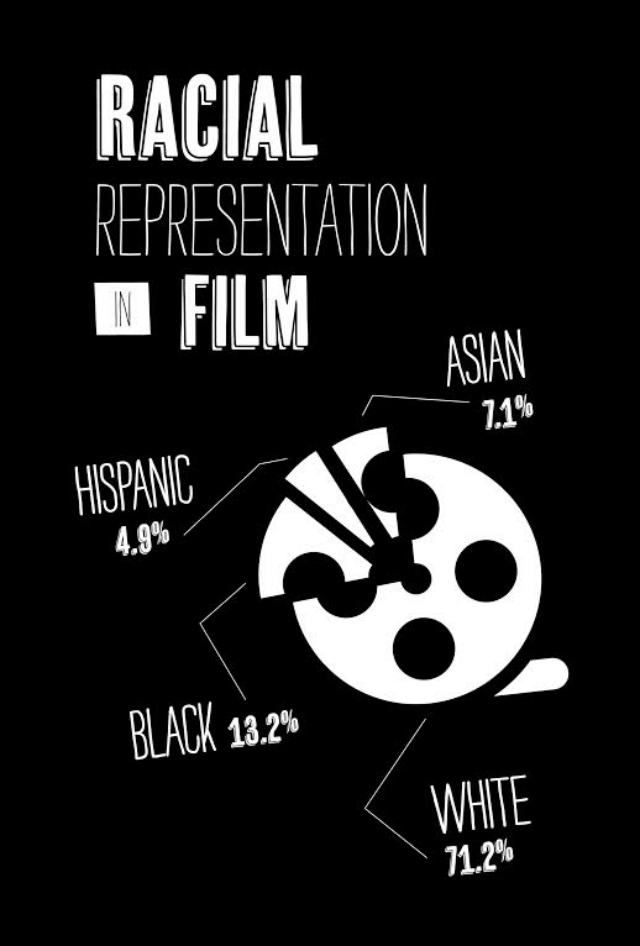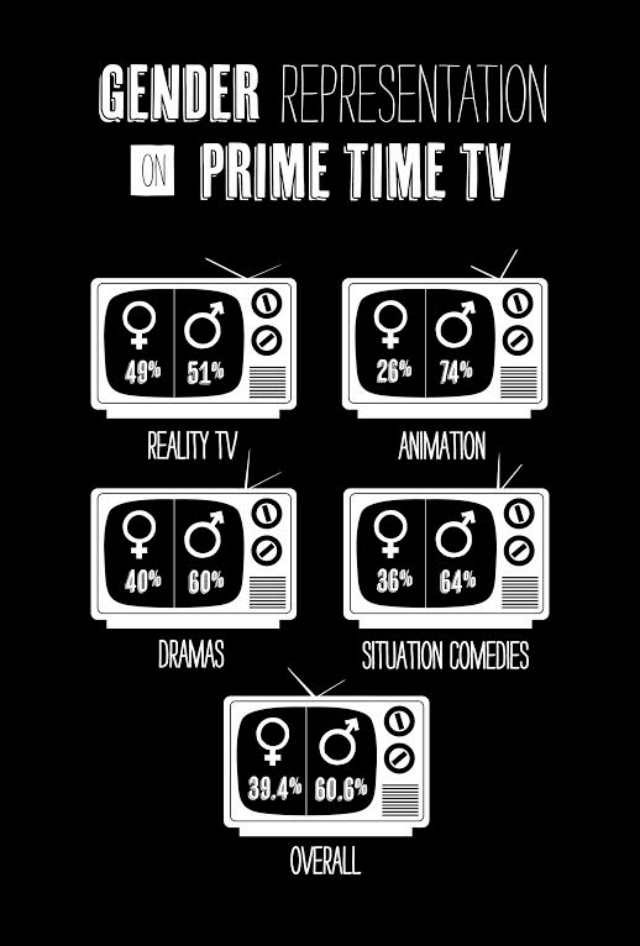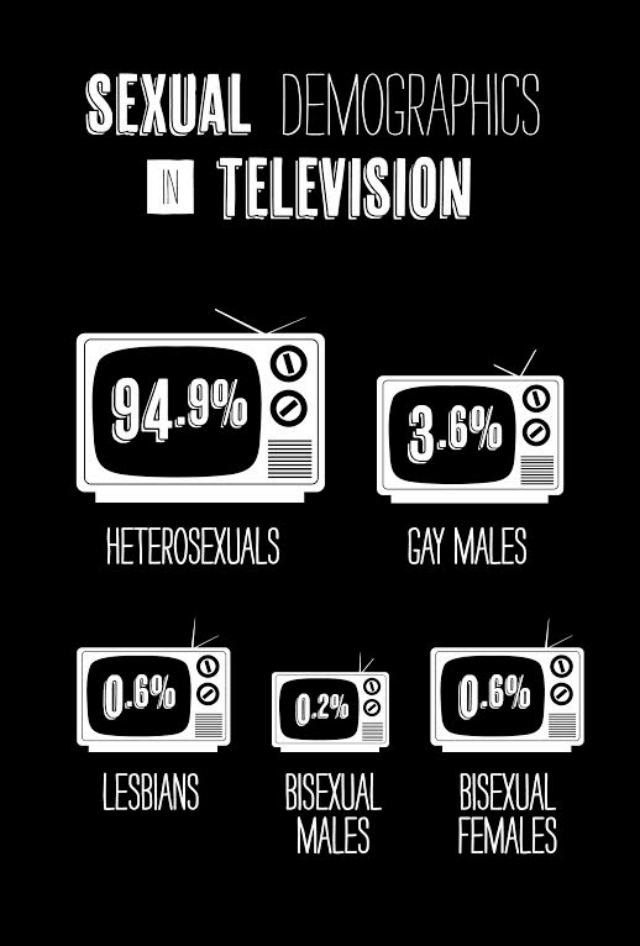Sociology Professor Dustin Kidd pens field guide to popular culture
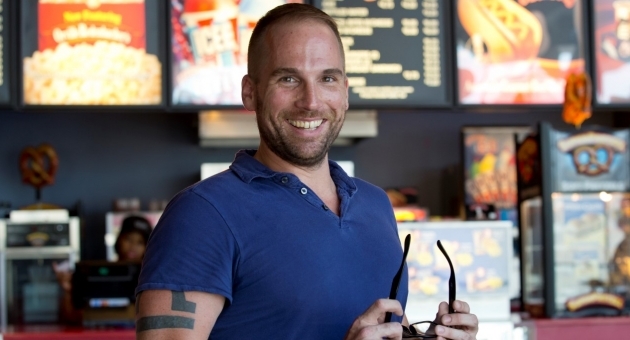
As associate professor of sociology and an instructor of The Sociology of Popular Culture, Dustin Kidd takes pride in his ability to dissect the latest cultural trends, from Lady Gaga to cat videos. But his biggest challenge is keeping up with it all.
“When I describe how much time I spend watching TV shows and films, engaging in social media, listening to music and reading books, people become concerned that I’m spending too much time doing it,” he said. “But it’s my job.”
In his new book, Pop Culture Freaks: Identity, Mass Media, and Society (Westview, March 2014), Kidd puts his knowledge of popular culture in the spotlight and examines how mass media influences identity.
He calls the book a field guide to popular culture. In it, Kidd writes, “How do race, class, gender, sexuality and disability influence the production, content, audience for television, music, film, magazines, books, and the internet both in the United States and abroad?”
He also writes that the diversity of the labor force, and lack thereof, makes a tremendous difference in what content is produced and who is portrayed in it. “If you want more women and minorities on TV, you need to hire more women and minorities as writers, directors and producers,” he said.
Though it is written with students and teachers in mind, Pop Culture Freaks is not a textbook. Kidd touches on the core issues covered in popular-culture courses and includes “methodology moment” boxes in each chapter that show readers how to carry out empirically based research on various cultural forms, but he also presents his own data and arguments.
He focuses on who is included in, and excluded from, pop culture and why. “It’s frustrating to see certain groups consistently erased from popular-culture narratives,” said Kidd. “To see Native Americans not being discussed, not being identified, not being represented; to see none of those stories about how Native Americans are faring today or in American history is the most troubling, and perhaps, the least likely to change.”
Throughout the book, Kidd encourages readers to think critically about the content they consume. In one chapter, he analyzes class references in recent Billboard Top 10 songs to illustrate how class anxieties are rarely addressed in pop music. In another, he analyzes dialogue from the TV series "Glee" to show how outcasts are portrayed on television. Bold graphics in the book and dedicated PopCultureFreak Twitter, Tumblr, Facebook, Pinterest, Youtube, and Spotify accounts further underscore the book’s concepts. Readers can join the conversation by participating in those social-media platforms.
“The best way to develop media literacy is to make art,” Kidd said. “If you know what that decision-making process looks like, then you will have the tools to interpret and engage, and subvert and transform, those media messages.”
—Anna Goldfarb
